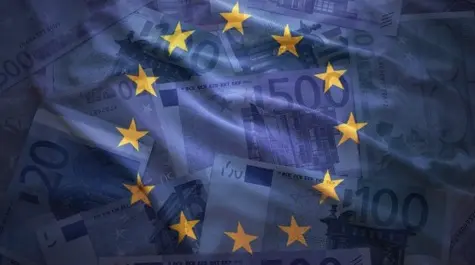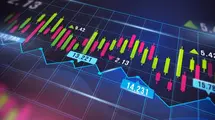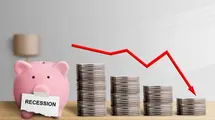
Germany’s Economy: Three Years of Stagnation With Only Limited Signs of Recovery
Same old story: Germany’s longest stagnation has now been confirmed. The economy will remain stuck until fiscal stimulus begins to take effecta

Same old story: Germany’s longest stagnation has now been confirmed. The economy will remain stuck until fiscal stimulus begins to take effecta

Japan's stimulus package targets inflation stabilisation, strengthening defence and diplomacy, and sustainable growth. It should spur short-term growth and reduce inflation, but may put pressure on JGBs. The BoJ's policy normalisation will likely continue, though it faces challenges and may proceed at a slower pace

It could have been a lot worse for EUR/USD this week. A set of FOMC minutes that poured cold water on a December rate cut and a strong headline rise in the US jobs report could have seen 1.1500 taken out again. But instead, investors seemed to have just delayed rather than abandoned pricing for Fed easing. And Europe may still being showing some signs of life

Euro rates are more focused on the improving macro story than on AI-driven equity jitters. This also means that Bunds may not prove an effective hedge against an equity sell-off

Bank Indonesia held its policy rate at 4.75% amid inflation pressures and rupiah weakness, but we expect a cut in December to support growth. Risks remain skewed toward delays if currency pressures persist or the Fed postpones easinga

The Ifo index increased in October on the back of improving expectations, while the current assessment worsened once again

The Bank of Korea kept its benchmark rate steady at 2.5%, signaling a shift toward a less dovish policy stance. For the second consecutive meeting, one member dissented, while a growing number prioritised financial market stability over economic growth

August’s Italian production numbers suggest that a hoped-for timid improvement in the third quarter has not materialised. While some caveats should apply when dealing with summertime data, it would seem the onus now lies with a growth in services

Extremely disappointing industrial data in August has just increased the risk of yet another quarter of contraction for the German econom

Headline inflation has increased to its highest level since the spring, but other German macro data published today suggests that inflation will not be the economy's biggest problem in the months ahead

Even without ground control calling, German optimism has been brought down by a mix of US tariffs, a stronger euro and the political inability to combine fiscal stimulus with growth-enhancing reforms

Eurozone optimism has pushed the German two-year yield to the brink of pre-'Liberation Day' levels. Just shy of 2%, the balance of risk is towards near-term lower yields again. US rates are quick to fade the dovish move from last Friday, and we think the back end of the curve will want to test higher still

South Korea’s latest fiscal stimulus contributed to improved consumer sentiment and greater growth momentum. But these effects may prove temporary. Even so, the Bank of Korea will stand pat later this week, as it focuses more on housing prices.

The ongoing improvement in business sentiment reflects the strong belief in the healing nature of fiscal stimulus

A full reversal of previous US front-loading effects has pushed the German economy back into recessionary territory, and it looks increasingly unlikely that any substantial recovery will materialise before 2026

The US dollar has weakened modestly start the start of this week resulting in the dollar index falling back below the 104.00-level. The main trigger has been Bloomberg report stating that President Trump’s plans for a “Liberation Day” tariff announcement on 2nd April is poised to be more targeted according to aides and allies.

PMI data released today will be closely scrutinised to gauge how the eurozone economy has navigated uncertainty triggered by Trump’s tariffs threats. Besides some sentiment effect, it is too early to assess the impact on the economy of Germany’s bold policy response to recent geopolitical events, with a commitment to heavily invest domestically.

Until the corporate savings rate attains a normal negative level and structural deflationary pressures are eliminated, the policy mix of monetary and fiscal policies should maintain the expanding power of the Japanese economy. The increased predictability of firms’ sustained nominal GDP expansion would cause firms to shift their management strategies from cost cutting to investment.

There is no doubt that Europe’s response to changing US policies has been swifter and more definitive than expected. In isolation, stronger fiscal spending should be a powerful antidote to policy uncertainty and other maladies that have plagued the Euro.

Yesterday, the ECB lowered its GDP forecasts for this year and next, confirming a downward trend in forecast revisions.US tariffs and fiscal stimulus in Germany represent opposing risks for GDP trajectory.

• Fresh tariff concerns last week gave the USD renewed support. US data, however, are dimming the near-term economic growth outlook. This combination poses headwinds for pro-growth currencies, in our view.
• A potential ceasefire in Ukraine, greater fiscal spending in Europe, and country-specific factors should continue to shape European currencies, but clarity on these drivers still remain scarce.



























